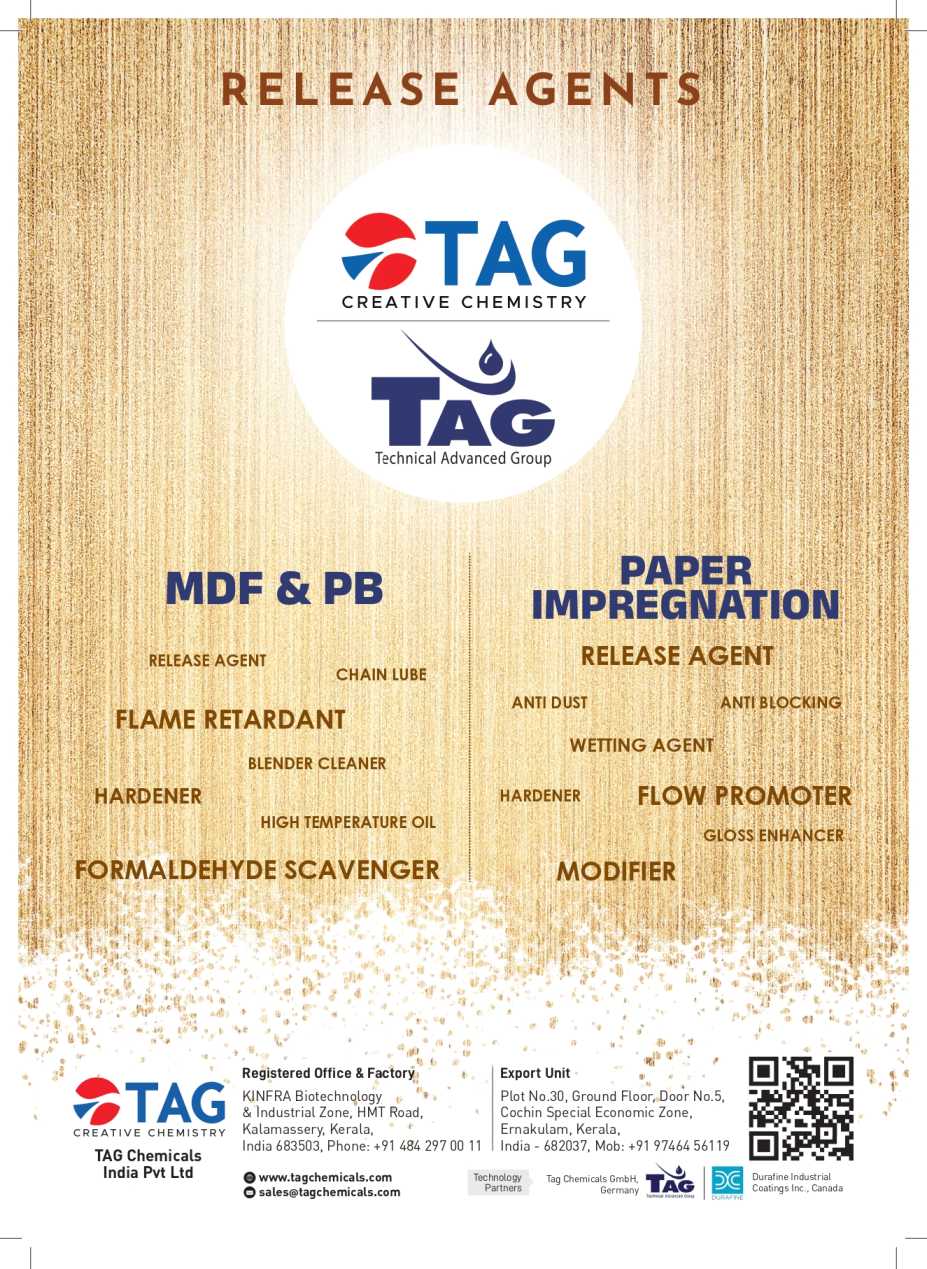Laminate flooring
- April 12, 2019
- 0
Laminate flooring
Laminate flooring (also called floating wood tile in the United States) is a multi-layer synthetic flooring product fused together with a lamination process. Laminate flooring simulates wood (or sometimes stone) with a photographic applique layer under a clear protective layer. The inner core layer is usually composed of melamine resin and fiber board materials. There is a European Standard No. EN 13329:2000 specifying laminate floor covering requirements and testing methods.
Laminate flooring has grown significantly in popularity, perhaps because it may be easier to install and maintain than more traditional surfaces such as hardwood flooring. It may also have the advantages of costing less and requiring less skill to install than alternative flooring materials. It is reasonably durable, hygienic (several brands contain an antimicrobial resin), and relatively easy to maintain.
Installation
Laminate floors are reasonably easy for a DIY homeowner to install. Laminate flooring is packaged as a number of tongue and groove planks, which can be clicked into one another. Sometimes a glue backing is provided for ease of installation. Installed laminate floors typically “float” over the sub-floor on top of a foam/film underlayment, which provides moisture- and sound-reducing properties.
A small (1–10 millimetres (0.039–0.394 in)) gap is required between the flooring and any immovable object such as walls, this allows the flooring to expand without being obstructed. Baseboards (skirting boards) can be removed and then reinstalled after laying of the flooring is complete for a neater finish, or the baseboard can be left in place with the flooring butted into it, then small beading trims such as shoe moulding or the larger quarter-round moulding can be fitted to the bottoms of the baseboards. Saw cuts on the planks are usually required at edges and around cupboard and door entrances, but professional installers typically use door jamb undercut saws to cut out a space to a height that allows the flooring to go under the door jamb & casing for a cleaner look.
Improper installation can result in peaking, in which adjacent boards form a V shape projecting from the floor, or gaps, in which two adjacent boards are separated from each other.
Care
It is important to keep laminate clean, as dust, dirt, and sand particles may scratch the surface over time in high-traffic areas. It is also important to keep laminate relatively dry, since sitting water/moisture can cause the planks to swell, warp, etc., though some brands are equipped with water-resistant coatings. Water spills aren’t a problem if they’re wiped up quickly, and not allowed to sit for a prolonged period of time.
Adhesive felt pads are often placed on the feet of furniture on laminate floors to prevent scratching.
Inferior glueless laminate floors may gradually become separated, creating visible gaps between planks. It is important to “tap” the planks back together using the appropriate tool as gaps are noticed in order to prevent dirt filling the gaps, thus making it more difficult to put into place.
Quality glueless laminate floors use joining mechanisms which hold the planks together under constant tension which prevent dirt entering the joints and do not need “tapping” back together periodically.

































































